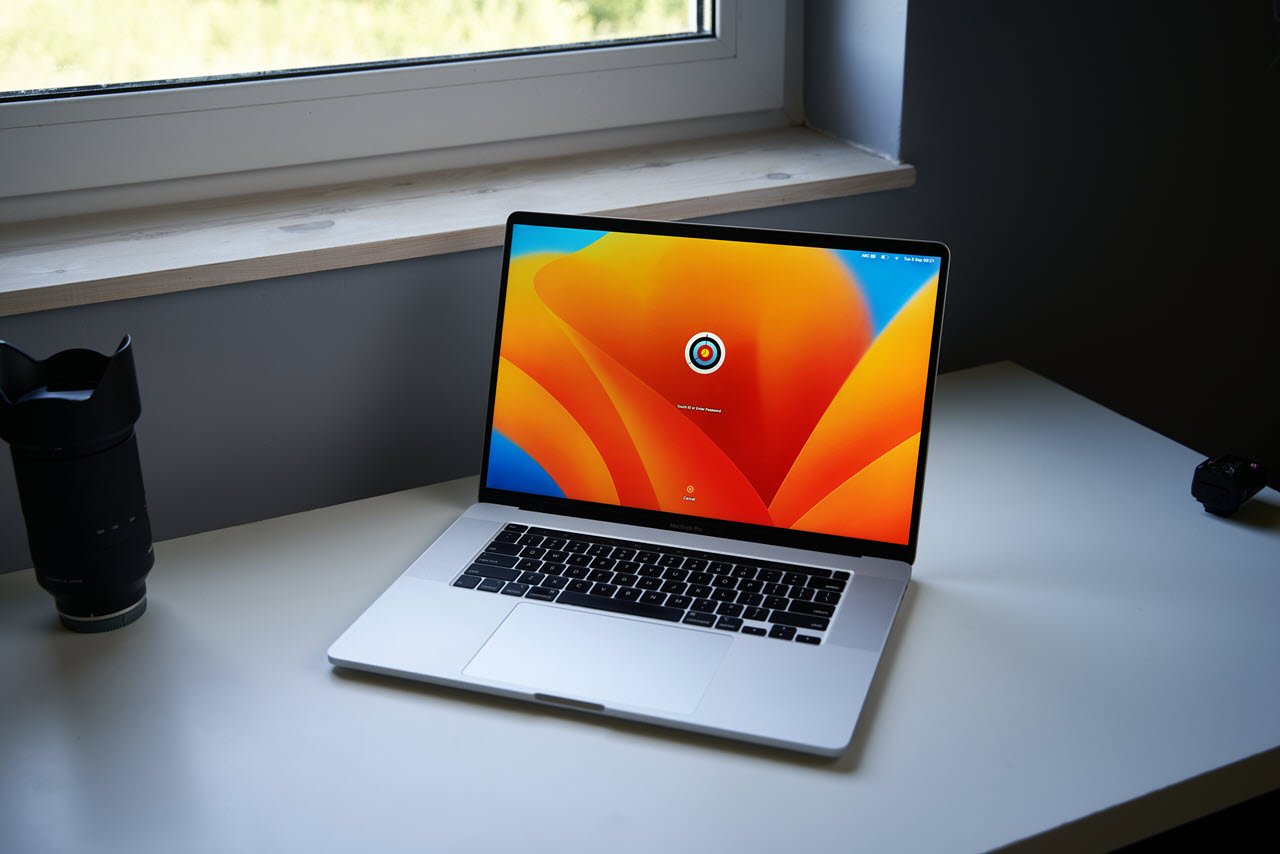AMD has announced its next-generation RX 7900 GPU lineup at an event held Thursday. The new lineup consists of two cards — RX 7900 XTX and RX 7900 XT, the first ones to be powered by the company’s latest RDNA 3 architecture. Both cards will launch on December 13 with the RX 7900 XTX coming in at $999 and the RX 7900 XT at $899.
The RX 7900 XTX is the flagship card for the generation and comes with 24GB of GDDR6 memory clocked at 2.3GHz. It has 96 compute units and an up-to 384-bit memory bus. The card, however, only draws 350 watts, compared to the Nvidia flagship RTX 4090‘s 450 watts.
The second card, RX 7900 XT is a slightly less powerful option coming in with 20GB of GDDR6 memory clocked at 2GHz. It has 84 compute units with a slightly slower 320-bit memory bus and the total power clocks out at 300 watts.

AMD’s focus has been efficiency over raw power, at least for these two cards. The company claims to have gone with GDDR6 instead of GDDR6X mainly because of the lesser power draw. Another advantage of using GDDR6 is the absence of any special power connectors or adaptors. Considering Nvidia is still investigating issues with its 4090 which uses a new 12VHPWR connector, this decision might just work out in favour of AMD.
This is also the first time a chiplet architecture has been used in a gaming GPU, at least according to AMD. This architecture breaks up a chip into multiple parts that communicate with the help of an ultrafast interface. This allowed the company to use a 5nm process for graphics processing while using the more evolved 6nm process for memory caching, hence improving overall stability.
AMD claims that these ‘chiplets’ can communicate with each other at around 5.3 TB/s. To put things in perspective, Apple’s M1 Ultra’s inter-processor connection that connected two CPUs and GPUs runs at 2.5 TB/s, a speed already considered quite fast in the industry.
In the News: Thompson Reuters leaks 3TB data in an alleged database breach
Massive improvements promised across the board
AMD is claiming that the new flagship card will perform up to 1.7 times faster than its current flagship, the RX 6950 XT when it comes to 4K gaming. RDNA 3 is also promising a lot, with up to 54% performance per watt improvement compared to RDNA 2. Current claims are that RDNA 3 can generate up to 61 teraflops. a massive improvement over RDNA 2’s 23 teraflops.

While these numbers might not directly translate to a higher FPS number in-game, the company claims 62 FPS in Cyberpunk 2077 with the RX 7900 XTX with ray tracing and FidelityFX Super Resolution enabled. The new compute units are also claimed to have next-generation ray tracing technologies which can provide as much as a 50% increase in performance over the last generation.
At medium to low settings and 1440p resolution, AMD claims that the RX 7900 XTX can max out Apex Legends, Overwatch 2 and Valorant at the games’ FPS limits at 300, 600 and 833 FPS respectively. However, these numbers were achieved when the card was paired with their newly released Ryzen 9 7950X processors and 32GB RAM on an AM5 motherboard.
It should be pointed out that AMD is relying heavily on its FSR tech to achieve these numbers. For those unaware, FSR is AMD’s equivalent to Nvidia’s DLSS which renders the game at a lower resolution and then upscales it on the display end for better performance and visuals. FSR seems to be getting more and more involved as the resolution goes up, with the company claiming 96 FPS on 8K resolution in Assassin’s Creed Valhalla.

The current FSR tech will also be improved next year with FSR 3 promising as much as twice the FPS you get with FSR 2. Once again, similar to Nvidia’s DLSS 3, FSR will automatically generate and insert frames in between the output stream to give the game a more fluid feeling while keeping FPS numbers high. That said, we’ll have to wait for FSR 3 to release to see how it stacks up to DLSS.
The port situation is also interesting. AMD has decided to with DisplayPort 2.1 instead of DisplayPort 1.4, a choice Nvidia decided to stick with for its latest generation of the RTX 4000 series of GPUs. While this doesn’t really make that much of a difference to the output quality, the newer DisplayPort standard will help these GPUs support higher refresh rate displays running at 4K or 8K.
Better software support on the horizon
Outside of the sheer power that the new GPUs bring, AMD has also claimed simultaneous AV1 encoding or decoding, a welcome sight for creators and streamers. Additionally, while the company expects the cards to perform well right out of the box, it claims that we’ll likely see performance improvements as drivers and software improve.

The two new cards also come with a couple of software promises. The company has introduced a new feature called Hypr-RX coming in early 2023 that’ll automatically choose and apply the best settings for different AMD tech including FSR and anti-lag to get the most out of a game without the user having to fiddle around with the settings themselves.
Another piece of software coming with the RX 7000 series is SmartAccess Video. It works when the new GPUs are paired with Ryzen 7000 series processors and basically distributes the encoding and decoding workload between the CPU and GPU. This will drastically cut down rendering and transcoding times, especially considering AMD is promising support for programs like OBS and Premiere Pro among others starting in December.
In the News: Whatsapp launches long-awaited Communities feature






